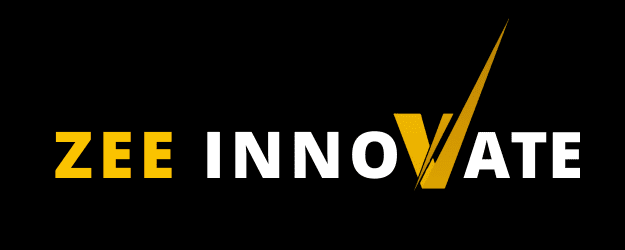🚨 The Internet Is a Warzone—Is Your Website Safe?
Imagine waking up to find your website hacked, customer data stolen, and your business reputation in shambles. Scary, right? In 2025, cyber threats are more advanced than ever, and if your website isn’t built with security in mind, you’re a prime target.
With cyberattacks increasing by over 30% each year, businesses that fail to prioritize cybersecurity in web development risk losing customer trust, revenue, and even legal battles. So, what can you do to protect your website? Let’s dive into the critical security practices that every website owner and developer must implement in 2025.
Why Cybersecurity in Web Development Matters More Than Ever
Hackers are getting smarter, and their tactics are evolving rapidly. Here’s why website security must be a top priority:
1. Data Breaches Are at an All-Time High
From small businesses to global enterprises, no one is safe. Leaked customer data can lead to lawsuits, loss of trust, and financial devastation. Implementing secure coding practices and encryption can help prevent this.
2. Google Prioritizes Secure Websites
Google now considers website security as a ranking factor. If your site lacks SSL encryption or has vulnerabilities, your rankings could drop, affecting traffic and conversions.
3. Ransomware Attacks Are on the Rise
Cybercriminals are now using ransomware to lock businesses out of their own websites, demanding hefty payments for access. Regular security audits and strong firewalls can keep these threats at bay.
Best Practices for Secure Web Development in 2025
Want to keep your website safe? Follow these essential security strategies:
1. Implement HTTPS & SSL Encryption
A Secure Sockets Layer (SSL) certificate encrypts user data, preventing hackers from intercepting sensitive information. In 2025, having HTTPS is non-negotiable for SEO and security.
2. Use Strong Authentication Methods
- Enable Two-Factor Authentication (2FA)
- Require strong, unique passwords
- Limit login attempts to prevent brute-force attacks
3. Regular Security Updates & Patching
Hackers exploit outdated plugins and software. Always:
- Update CMS platforms (like WordPress)
- Regularly patch security vulnerabilities
- Remove unused themes and plugins
4. Secure Your APIs
APIs are a common entry point for cyberattacks. Protect them by:
- Using token-based authentication
- Implementing rate limiting to prevent abuse
- Encrypting sensitive API data
5. Backup Your Website Regularly
Automated daily backups ensure you don’t lose everything if an attack happens. Store backups offsite or in a secure cloud environment.
6. Conduct Regular Security Audits
Schedule frequent penetration testing and vulnerability scans to identify and fix security gaps before hackers exploit them.
Final Thoughts: Stay Secure & Protect Your Website in 2025
Cyber threats aren’t slowing down, and businesses that ignore website security best practices are at serious risk. By integrating strong cybersecurity measures into your web development process, you can safeguard your business, customers, and online presence.
💡 Need help securing your website? At ZeeInnovate, we specialize in secure web development to keep businesses protected from cyber threats. Contact us today for expert solutions!
🔗 Visit us at ZeeInnovate.com for more details.

